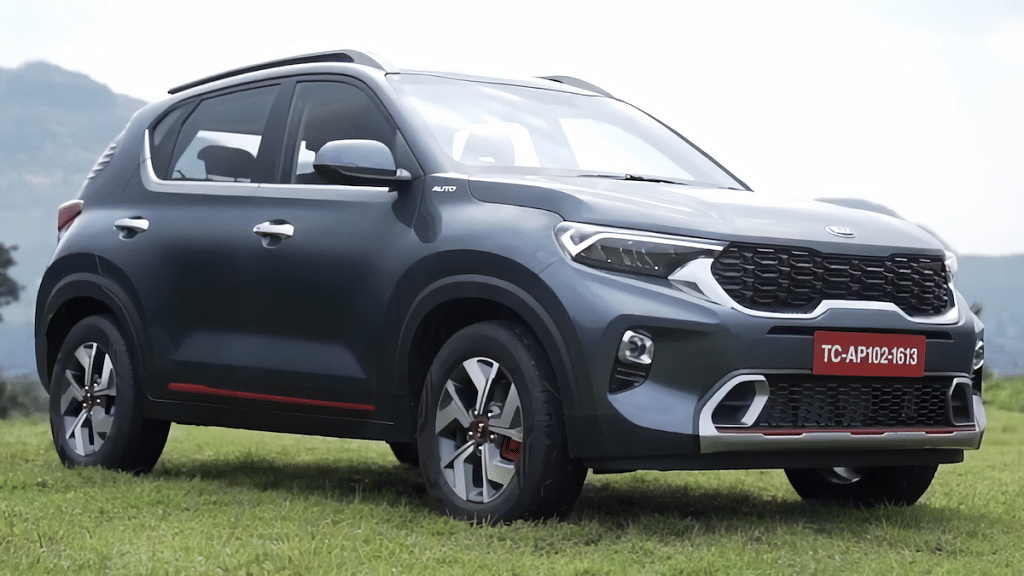Throughout the early 2010s, gossip among automotive journalists often involved ‘will they, won’t they’ talk about Korean carmaker Kia Motors. It was the second brand under the Hyundai Motor Company umbrella along with their eponymous brand and was making waves in Europe. It was also the time that Kia’s global brand ambassador Rafael Nadal was smashing his backhand to all corners of tennis courts across the world. Kia Motors had recognised the talent of the man from the Spanish island of Majorca before any other major sponsor, save Nike. But when they finally decided to invest in a new factory in Andhra Pradesh’s Anantapur in 2017, the talk shifted to what cars they would come to India with and whether they would match the success of their brand ambassador.
When Kia Motors finally took the wraps off their first vehicle in India, the Seltos, the big question was, will it succeed? After all, India was quickly turning out to be a graveyard of many global majors. In mid-August 2019, during the media drive of the Seltos—named after ‘Celtus’, supposedly one of the many sons of Hercules whose bloodline birthed the Celtic people—there was a washout. But by the time I drove the Sports Utility Vehicle (SUV), the heavy downpours had stopped, and it was evident that Kia had studied the Indian market well.
They had observed that Indian car buyers wanted their cars filled to the brim with features and the Seltos came with a Bose audio system, the first vehicle from a mass-market manufacturer to feature a branded audio system, and a heads-up display. And it was not as if the car was lacking in terms of performance, the Seltos featured a turbocharged engine and dual-clutch gearbox. Not exactly ‘new’ features in the mass-market segment—Ford had done the same with EcoSport—but Kia really made it work.
So, when a few weeks ago, Kia’s public relations team issued a release saying how the carmaker had sold over five lakh vehicles in India in just under three years, it did not make most of us bat an eyelid. But that did not make it any less remarkable, because just six months after Kia started sales operations, a virus upended the lives of every single human being on earth. Manufacturing stopped, sales stopped, and unless you were a first responder or worked in the government or the media, so did life. So while Kia’s success is not a surprise, the fact that they achieved it despite the pandemic and despite naysayers who looked at the exits of global majors like Ford and General Motors from India, makes it a doubly remarkable success story.
Also read: India has a sunroof obsession and new Hyundai Venue confirms it. But please mind your head
Prepared for pandemic and electric
MyungSik Sohn, Kia India’s chief sales officer, told me one of the key reasons for the carmaker’s success in India is the fact it had established 265 customer touch-points (sales, service and support) across India before anyone had even taken delivery of a Kia vehicle in the country. This remains the highest for any new entrant and while biggies like Maruti-Suzuki, Hyundai, Tata Motors and Mahindra have over a thousand touch-points each, Kia India already has over 339 such points across the country. Little wonder then that Kia pushed out 22,000 vehicles in July 2022, growing by over 46 per cent from the past year and currently standing as India’s fifth-largest carmaker behind the four above-mentioned companies. It’s already ahead of the likes of Toyota, Renault, Honda, and Volkswagen, all of whom have been selling cars in India for two decades.
Being a new player in the market, Sohn says that at the time of launch, Kia India had already taken initiatives to build an end-to-end digital sales platform. And when everything went asunder in March 2020, while others were scrambling to build their digital platforms, Kia was fortuitously prepared. Rather better prepared than most others, Sohn says. In fact, he added that ‘digital support’ was also essential for warranty claims and dealers, with Kia giving their dealer partners inventory support.
While many aspects of this are digitised by most carmakers, a Kia dealer who did not wish to be identified said that Kia’s digital user experience (UX) is superior to most other brands, “possibly because they started later and didn’t have legacy issues.”
But success till now doesn’t mean that it will continue going forward, while Kia’s Seltos, Sonet, and Carens have sold well, the future is clearly electric for the Korean company just like most other carmakers. The new EV6 that the carmaker is bringing to India will be the flagship for the brand. Despite initially saying that only 100 units of the car would come to India, demand has surpassed expectations, with close to 500 bookings until now, all of which the carmaker has said that they will honour. With the first deliveries of the EV6 scheduled to start in September, can Kia’s next few years in India be as electric as the first three. If their ace brand ambassador is any hint, they’ll just keep rolling on.
@kushanmitra is an automotive journalist based in New Delhi. Views are personal.
Also read: Bike, auto, jaywalker, beep beep—why ADAS will soon make your car behave like a plane
